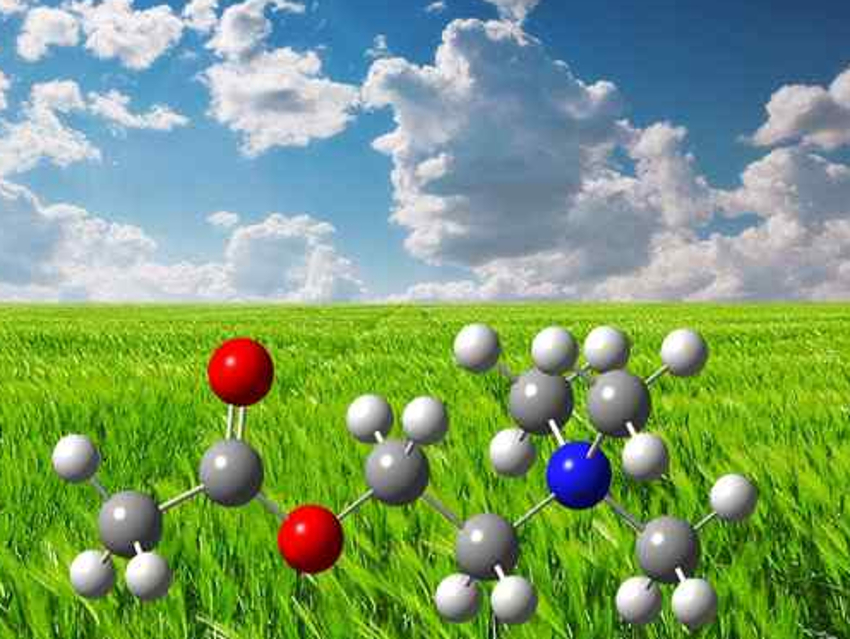Acetylcholine is mainly known as a neurotransmitter in warm-blooded organisms. However, it also occurs in some plants. Acetylcholine can affect the growth and development of plants. It stimulates the adhesion of root tips to moist surfaces, influences leaf movements, and stimulates enzymes. It can, thus, modify the metabolism of plants.
Juliusz Pernak, Poznan University of Technology, Poland, and colleagues have combined acetylcholine with cheap and commercially available herbicidal anions to give new herbicidal ionic liquids (HILs). The HILs were prepared by a neutralization reaction of the selected herbicidal acid in methanol by potassium hydroxide, and a subsequent ion-exchange reaction with acetylcholine chloride. The herbicidal acids used were, e.g., Dicamba (3,6-dichloro-2-methoxybenzoic acid), 2,4-D (2,4-dichlorophenoxyacetic acid), MCPA (2-methyl-4-chlorophenoxyacetic acid), or pelargonic acid (nonanoic acid).
The synthesized HILs were obtained in high yields. The team evaluated the biological activity of the HILs with respect to oilseed rape (Brassica napus L.), as well as their biodegradation efficiency. They found that the developed herbicides have a higher activity and are more environmentally friendly than available conventional herbicides.
- Herbicidal Ionic Liquids Containing the Acetylcholine Cation,
Daria Czuryszkiewicz, Adam Maćkowiak, Katarzyna Marcinkowska, Andrzej Borkowski, Lukasz Chrzanowski, Juliusz Pernak,
ChemPlusChem 2019.
https://doi.org/10.1002/cplu.201800651


